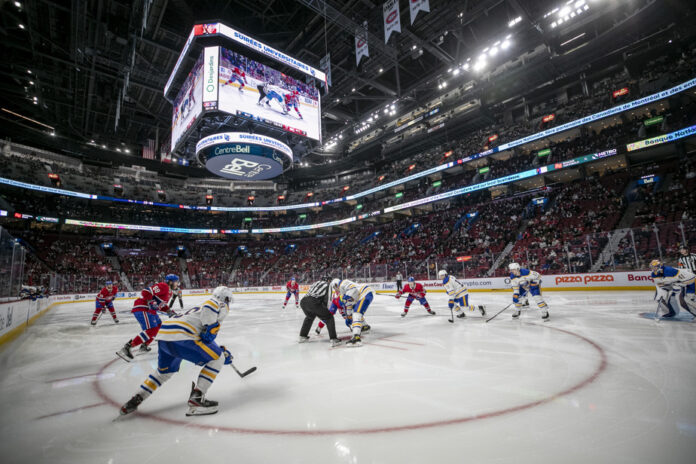The journalists of the Sports team answer your questions.
Me Patrice Brunet is a lawyer specializing in sports law and immigration. Your question therefore falls squarely within his field of expertise. “Generally, for a work permit, you have to demonstrate that there is a labor shortage. But there are several exemptions and professional athletes fall under the C-20 exemption, he explains. This exemption is based on the principle of reciprocity for employment opportunities for Canadians abroad. In this case, it is therefore quite well known that Canadians play hockey in the United States, and Americans in Canada. “If we can demonstrate it, it’s pretty simple. The player presents himself at a port of entry and the officer has the authority to grant the work permit immediately. »
Actually, there are two very simple reasons. On the one hand, there is the idea that if the players are on the field between four and seven hours a day during a tournament (including the warm-up period), the wearing of the glove, which is rather tight , becomes unpleasant in the long run. Due to heat and sweat, the longer the glove is worn, the sweatier the hand becomes. On the other hand, the vast majority of players remove it once on the green, for their putt. A few players, like Tiger Woods, pick it off on the approach shot. Just so that, as precision shots require a certain feeling on the shaft and a certain comfort in the positioning of the hands, the glove does not obstruct this feeling of control and balance. There is also the fact that for many, it has become a matter of habit.
The teams do receive a fee. The NHL sends money to the Canadian Hockey League (CHL), the entity that oversees the three junior circuits in the country. The amounts are then distributed to the teams “according to the [draft] rounds,” said a spokesperson for the QMJHL, and this amount can vary from year to year. Impossible to know this amount with precision, but a speaker in the field mentioned a sum “in the four figures” for each player. Special clauses may apply to certain special cases, European players, for example.
This is not a sponsorship, but simply a decision of the organization. The Alouettes began displaying the fleur-de-lysé flag starting in the 2011 season.
In the NHL, Article 16.9 specifies that “Any player who does not hold an entry contract is entitled to a single occupancy room”. In other words, teams can only ask players who are on their first contract to share a room. Single rooms are provided in the NBA, while in the NFL and Major League Baseball the choice seems to be left to the teams.















